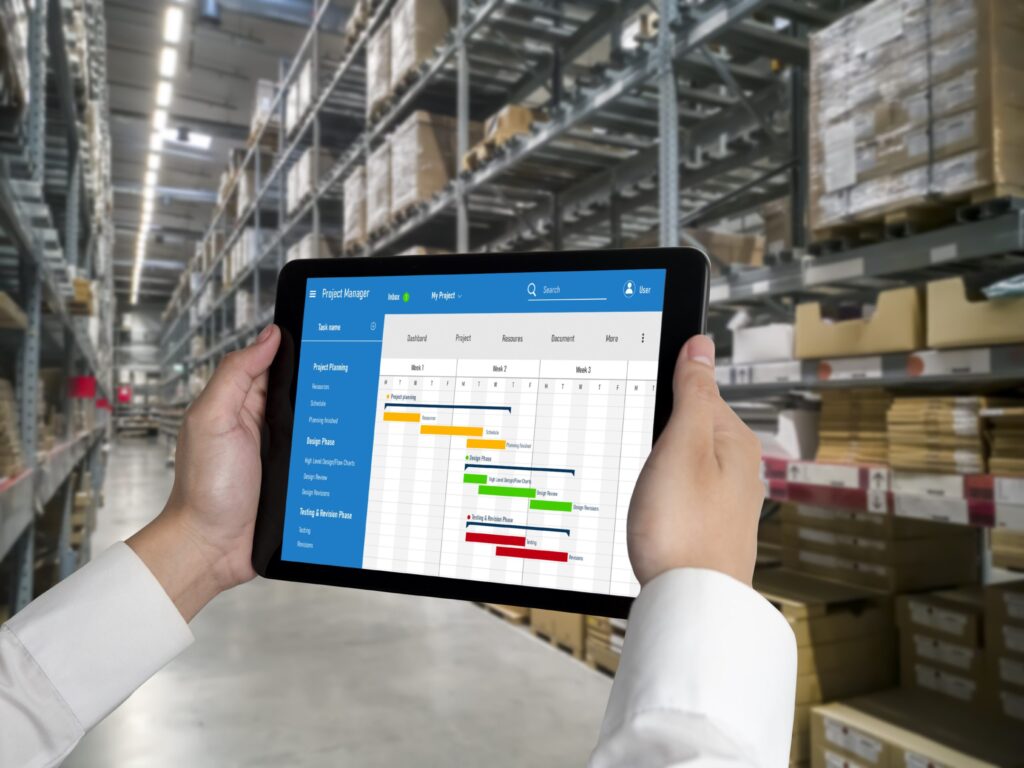How Information Silos Are Impacting Supply Chains?
Supply chain planning is a vast field involving many departments and stakeholders using different technologies resulting in data silos. Traditional supply chain models store information in Excel spreadsheets. They maintain multiple closed ERP systems for various parts of supply planning in these sheets. Various stakeholders involved in supply planning have been using these siloed systems with little collaboration and visibility to others leading to problems like Moreover, in modern supply chains, globalization increases data integration difficulties. New business models with outsourced manufacturing, acquisitions, and partnerships or joint developments with partners have blurred the divisional boundaries.Data plays an integral part in such a system, and silos put the all-over business at a greater risk. For instance, it’s harder to share demand forecasts and demand changes with the suppliers. On the other hand, to minimize silos, having periodic on-site meetings among the teams and working on changes for hours is not cost-effective. It’s inefficient, ineffective, and costly for any last-minute changes. Moreover, the COVID-19 pandemic effect is continuing to sputter and break down the global supply chain. There are still many disruptions like out-of-place shipping materials and data mismanagement. IDC polled 532 companies across the pharmaceutical supply chain to assess the impact of the COVID pandemic’s supply disruptions. This article will highlight the core reasons behind the information silos and their effect on Supply chain planning. When does a Silo happen? Let’s say a global company makes an important decision like entering a new market or expanding into one, and the silo happens while making decisions by individual verticals such as : Silos happen when different verticals don’t share relevant data horizontally. The number of verticals and divisions within a company increases along with the Company’s growth. Going by an old saying, “Too many cooks spoil the broth,” the system becomes inconsistent due to poor data sharing and management systems between teams that lead to silos. Why does Information Silo Occur? There are three significant reasons that can result in information silos : Effect of Information Silos on Supply Chain: Modern supply chains involve multiple departments and stakeholders. The demand for quick decision-making is based on a vast amount of data. Often, a lack of communication between the departments can impact each other. United States’ food wastage is a consequence of such data silos. According to the NRDF, of the total food wastage, approximately 40% of it is contributed by the US alone, which is somewhere around $218 billion per year! Wrapping Up: Data silos are a dilemma companies face across industries, but they can negatively impact the logistics and transportation industries. A data-driven approach would be an optimal solution to prevent Information silos. Once an organization acknowledges the lack of data governance, the next step is to recognize the necessary process, tools, and models to create an effective data governance method. This is the most critical step in implementing a data-driven procedure, and the rest will follow gradually. Even to implement an AI/ML solution to eliminate the Silo problem, having a data governance maturity model is a must. Removing supply chain bottlenecks and silos ensures that your customers’ needs are met, and it helps to make the right decisions. Overall, eliminating data silos can increase efficiency and boost your Company’s bottom line.



